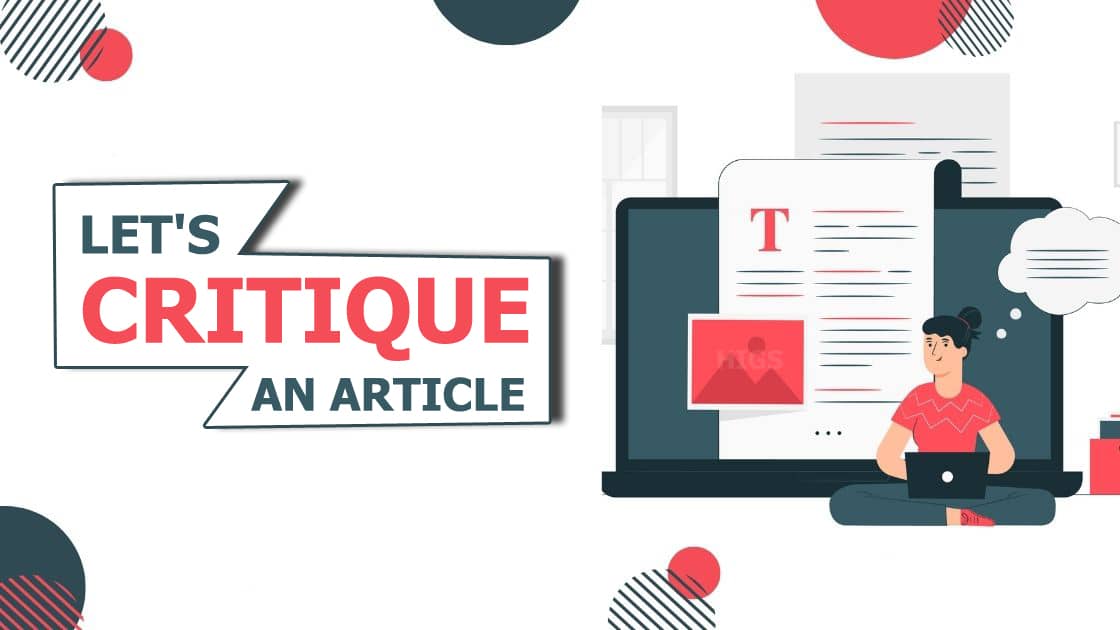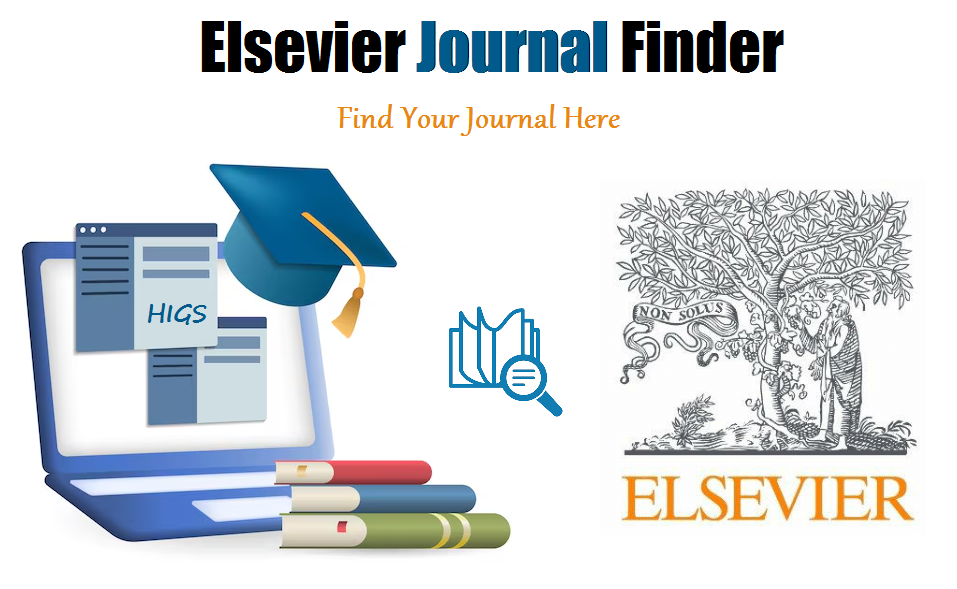What is a critique research article?
A critique is a process of assessment. In that, it is a method of precisely assessing a part of research to highlight its strengths and weaknesses, and its applicability to practice. Professionals are often required to identify the best existing practices, and the ability to assess and use published research is critical in achieving this. Like this, it is a skill vital in many positions.
What is the structure of the RESEARCH ARTICLE?
Critical reviews for research articles are methodical. They usually start at the title section and review each portion until the reference list. It is needed to ask questions yourself about the purpose of each component of the research article. And also it is important to assess whether it meets the research purpose or not. The typical structure of the research article includes,
There are "7" simple sections of a research article
1. THE TITLE
In this title part, you must verify whether your chosen title indicates what the research is about, without being exceptionally long or too short to be informative. You should also state whether any variables or theoretical issues are present between them.
2. THE ABSTRACT
The main purpose of the research abstract is to offer a brief summary of the contents of the article and it must be usually 50- 250 words in length. It is based on journal norms. It must contain sufficient information to allow a reader to choose whether the article is of interest to them or not. So, your abstract part must be informative.
3. THE INTRODUCTION
The introduction should explain to the reader the study by giving a proper sense of what was carried out in the research study. Your introduction part must introduce the research question or a research problem by developing the background of the research study.
4. THE LITERATURE REVIEW
The literature review part of the research article must give an overview of the existing literature. It must frame or surrounds the problem being researched. This part must explain the similarities and differences between the literature and the strengths & limitations of the research study. Your current literature part must demonstrate how the current study fits into the current research study or how it fills a research gap in the literature.
5. THE RESEARCH DESIGN
This section should clearly state what the researcher did and how it was done, allowing the reader to evaluate the methods used, the consistency, the reliability of the study, its validity, and whether it could be replicated. As a minimum, there should be a brief synopsis of the research approach taken. Once the research method is established, the reader can critique the research design for methodological rigor
6. THE DISCUSSION
In this discussion part, the implications of the research results are assessed and interpreted concerning the research question. This is where the conclusions and the chosen research outline come together. The discussion must hold a clear research statement to support the original research hypothesis and a research question. The outcome of the research study and other research studies related to this research field must be discussed. And here, you can also discuss the suggestions for improvements in future research.
7. CONCLUSION
This section of your research paper must summarise the main points of the research. It must not have any new information.



























